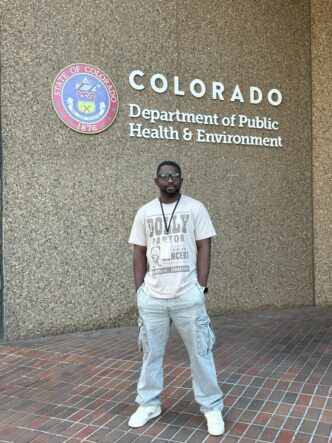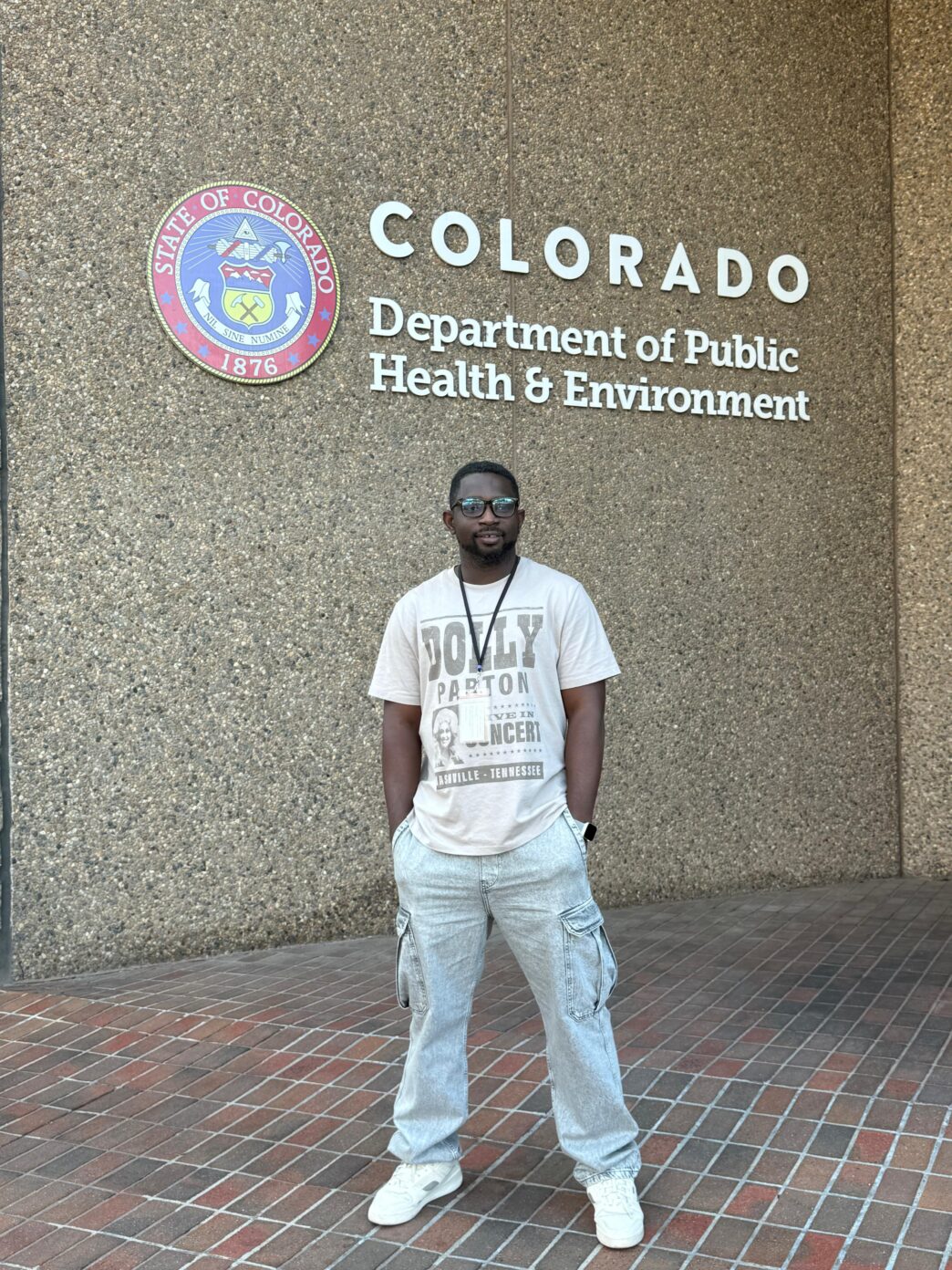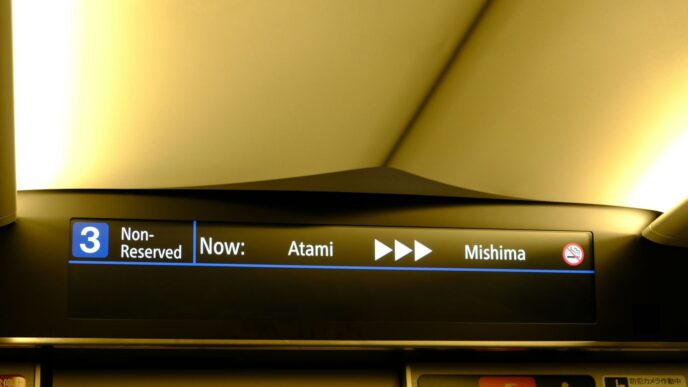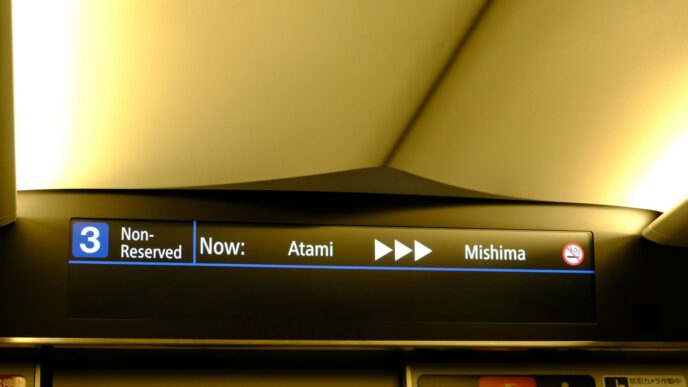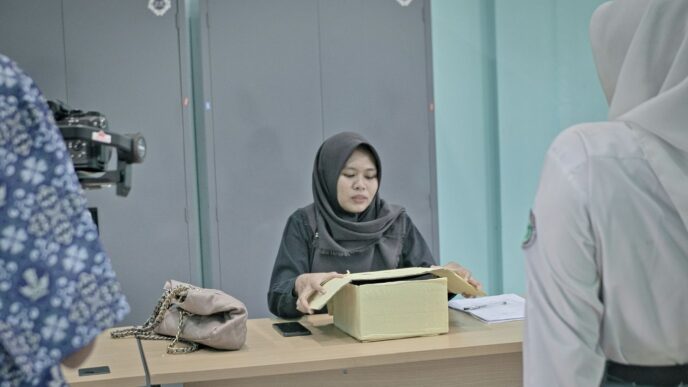Few engineers blend field practice, regulatory insight, and data science as tightly as Semiu Temidayo Fasasi. He currently serves as an Oil and Gas Permit Engineer at the Colorado Department of Public Health and Environment. He reviews permits, models emissions, and helps turn technical findings into enforceable conditions. His research at Colorado State University has shaped how methane leaks are detected and verified. His methods now speak to the UK as it pushes toward net zero by 2050.
Tell us what first drew you to methane monitoring and air-quality compliance.
Fasasi: Methane delivers quick climate benefit when reduced. Over one hundred years, its warming potential is about 28 to 34 times higher than carbon dioxide. During my undergraduate years at the Federal University of Technology Akure, I designed a small hydroelectric system and saw how energy choices affect local environments. Later, at Hurlag Technologies, I observed industrial operations that lacked strong monitoring. That experience moved me to focus on data, measurement, and accountability.
What do you do each day at the Colorado Department of Public Health and Environment.
Fasasi: I evaluate air-permit applications for oil and gas facilities. I check emission inventories, process flow diagrams, and control technologies. I apply the Clean Air Act and Colorado Air Quality Control Commission rules. I determine standards such as NSPS and MACT. I draft permit conditions that translate technical limits into compliance terms. I also collaborate with operators and consultants to resolve issues early. My goal is simple. Decisions must rest on traceable data.
Your graduate work at Colorado State University is often cited. What did you study.
Fasasi: I worked at the Energy Institute on methane detection. We ran single-blind controlled release experiments. We released known volumes of methane and studied how different systems performed under wind and temperature changes. We measured detection accuracy, latency, and false-alarm rates. I used Python to build models, compute error bars, and compare methods. The goal was to give regulators and operators a fair assessment based on repeatable tests.
How do machine learning and analytics change environmental oversight.
Fasasi: Traditional inspections are periodic. Algorithms run every minute. You move from reactive checks to predictive alerts. In my 2025 paper on multi-sensor leak detection, I combine concentration signals with wind, temperature, and humidity. The features help the model separate a true leak from background noise. The approach can reduce monitoring costs and shorten the time from detection to response. You save money. You cut emissions sooner. You improve public confidence in reported numbers.
How would you adapt your framework for the UK.
Fasasi: I would start with UK data sources. I would use the National Atmospheric Emissions Inventory for baselines. I would prioritise hotspots. That includes North Sea installations, landfills, wastewater plants, and intensive agriculture zones. I would run controlled releases with the Environment Agency. I would integrate live data into Department for Energy Security and Net Zero dashboards. I would convert model outputs into permit metrics. If the system flags a leak above a threshold, that becomes a compliance trigger. The record then supports enforcement and corrective action.
Which UK metrics matter now.
Fasasi: Methane accounts for about fourteen percent of UK greenhouse gas emissions. Since 1990, UK methane emissions have fallen by roughly sixty two percent. Total territorial greenhouse gas emissions in 2023 were about 385 million tonnes of carbon dioxide equivalent. Agriculture produces around half of UK methane. Energy and waste make up most of the rest. Landfills account for a large share of methane within the waste sector. The country has made progress, yet these numbers show where detection and fast response can yield gains.
How does continuous monitoring change UK compliance.
Fasasi: It makes compliance continuous as well. Right now, many audits follow a schedule. With sensors on sites and at perimeters, leaks trigger alerts in near real time. That alert can open an investigation, a work order, or a report. The Environment Agency can pair this flow with existing air-quality reporting that tracks nitrogen dioxide and particles. Adding methane to that ecosystem would make performance visible and public. Data becomes a shared reference for operators, regulators, investors, and communities.
What are the main obstacles for UK deployment.
Fasasi: Sensors must be calibrated across the UK climate range. Shetland winds and offshore platforms place stress on systems. Remote locations need power and reliable links. Data ownership must be clear. Staff must learn to read algorithm outputs and uncertainty bands. Long-term maintenance needs a budget and a plan. None of this is unusual. The UK has the institutions and the engineering depth to resolve it.
Which of your publications matter most to that UK context.
Fasasi: Two papers stand out. The multi-sensor classification framework for methane leak detection sets performance criteria and shows how to validate systems. The quantified methane reductions framework links detection results to verifiable emissions cuts. Both support the UK need for strong measurement, verification, and reporting. They align with national technology outlooks that emphasise measurement and control.
How do current UK power trends interact with methane policy.
Fasasi: Renewables crossed the halfway mark in power generation in 2025. Wind now carries a large share. Solar and hydro contribute. Natural gas still supplies close to a third. That means methane control remains vital. Without accurate leak detection and quantification, you risk undercounting real emissions. You also risk weak confidence in claims of progress. Strong data protects policy integrity and investor trust.
You have won awards in recent years. How do they affect your work.
Fasasi: Awards help, but they serve as reminders more than milestones. The 2024 Colorado State University Career Center Equity Initiative Fund Award recognised my support for students from under-represented groups. The 2025 National Residence Hall Honorary Award recognised academic excellence. Both point back to the same duty. Engineering aims at public benefit.
Which technologies will shape methane control by 2030.
Fasasi: Three areas stand out. First, artificial intelligence at the edge will process data close to the sensor to reduce latency and cost. Second, drones and satellites will complement ground networks and close spatial gaps. Third, interoperable Internet of Things standards will let multi-vendor systems share data. When these strands align, regulators will find and verify leaks faster and link them to financial and legal outcomes with less delay.
What advice do you have for young engineers who want to connect technology and policy.
Fasasi: Learn to code. Learn statistics. Ask for the data and test your own assumptions. Define success in numbers. Parts per million reduced. Kilograms of methane avoided. Tonnes of carbon dioxide equivalent saved. Work with experts in law, meteorology, and computing. Real progress is a team outcome.
How do you measure success for your own projects.
Fasasi: I track detection accuracy, emission reduction rate, and policy adoption rate. If a model lowers uncertainty and helps draft a rule, that counts. If a system improves public transparency, that counts. Results must be repeatable. If they are not, we adjust the method and try again.
As our discussion turned to the UK, Fasasi returned to the numbers. Methane holds about fourteen percent of UK greenhouse gases. Emissions are down more than sixty percent since 1990. Total territorial emissions in 2023 were near 385 million tonnes of carbon dioxide equivalent. Renewables generated more than half of UK electricity in 2025. Natural gas still plays a major role. The mission is clear. The UK must measure leaks better, find them sooner, and close them faster. That requires sensors, models, training, and open data.
He outlined a practical approach for UK rollout. Begin with a baseline from the National Atmospheric Emissions Inventory. Map hotspots. Stage controlled releases to validate each sensor in local conditions. Publish detection thresholds and error bands. Write these into permits as clear triggers. Build a secure data pipeline to DESNZ dashboards. Report performance to the public at set intervals. Fund maintenance and recalibration on a set cadence. Train staff to read model outputs and to act on alerts. Each step reduces uncertainty. Each step builds trust.
He stressed that speed matters. Methane is short lived in the atmosphere compared to carbon dioxide. A fast cut produces a fast climate gain. That is why continuous monitoring is so important. It shortens the cycle from leak to fix. It moves spending from routine inspections to targeted interventions. It protects health near facilities. It protects balance sheets by limiting product loss.
He also pointed to co-benefits beyond climate metrics. Leak prevention reduces explosion risk. It reduces odours. It improves workforce safety. It improves community relations. It also aligns with finance trends. Investors demand credible emissions data. Lenders and insurers ask for proof of risk controls. Strong monitoring answers all three.
He remained realistic about costs. Hardware, telemetry, and maintenance add up. Yet the cost of undetected leaks is often higher. Lost product, unplanned downtime, and penalties can dwarf monitoring budgets. Early adopters in North America have found this to be true. UK operators can expect similar patterns once systems scale.
He ended with a clear view of what comes next. The UK has the engineering base, the policy structure, and the digital skills to lead on methane measurement and control. The pieces already exist. What is needed is a plan that links them and a timeline that holds everyone to account. With that in place, the numbers will move. Detection accuracy will rise. Reported emissions will fall. Public confidence will grow.
From Akure to Colorado, and now in dialogue with the UK, Semiu Temidayo Fasasi has built a career around one idea. Measurement drives action. His work shows how precise engineering, sound statistics, and fair rules can turn data into cleaner air. His message to the UK is direct. Treat detection as core infrastructure. Make compliance continuous. Publish the results. Let the numbers work for the climate and for the economy.

